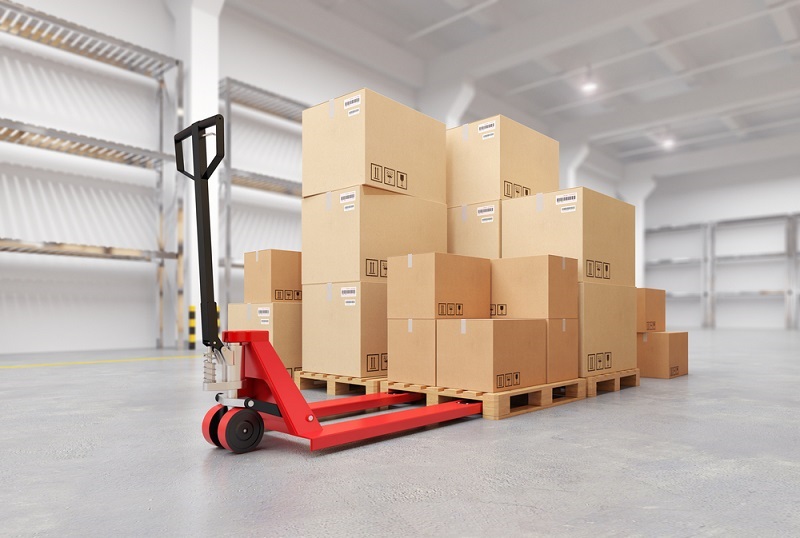A far as the culinary world is concerned, the saying goes that, people use their eyes to eat. This lays bare the fact that presentation is as important as taste because well-presented food makes one believe that it tastes good. The same thing applies to marketing. Therefore packaging forms a significant part of marketing. Customers will come back again and again if the presentation is able to create a lasting impression on their minds. For such instances custom boxes are indispensable.
Difference Between Stock Packaging And Custom Packaging

Custom boxes
Two options available for products packaging are stock and custom packages. While stock packaging refers to generic packaging that is basically readymade whereas custom packaging is almost tailor-made.
Stock packaging incurs a low cost and is therefore manufactured in large quantities. It is available in limited standard sizes. However, stock packaging can be used exclusively with the help of custom boxes. Some common examples of stock packaging are sauce bottles, beverage packages, vitamin jars and so on.
The custom packaging, however, depends on the type of the product, how it will be stored transported or displayed. It is made such that it fits the product. The custom-made packages involve an engineer excelling in structural packaging. The tools for custom packages such as plates or cutting dies are specific as well. Undoubtedly all these makes custom packaging expensive. It requires prior planning and designing. A prototype is essential for such packaging. Level of customer service all throughout the process of purchasing is significantly high as well. Companies specializing in custom packaging require a minimum cost to start up. This means that a minimum price will be charged to run the machinery even if one unit of custom box is required. Also, manufacturers will demand a minimum volume that is included in start-up cost.
The Process Of Making Custom Boxes
A number of steps lead to the production of quality custom made boxes which are as follows:

Custom Boxes
- First, the structural design of the box is made such that the product fits into it. It requires doing the work over and over again till the right thing is made. Once approved, the structure is passed through a graphical mock up. The designers apply the graphic to a digital file belonging to a particular dyeline. After graphics is determined, color mockup of custom boxes is done and sent for client’s approval. Proofs are made on the box structure ensuring their position layout as well as color.
- In the pre-production stage, the shape of the box is cut with a custom-made physical die. The die plates are designed according to the graphics sent to the press. In case of foil stamping, the designer orders foil roll to make foil die. For embossing, embossing die is made.
- The third stage which is the production stage contains massive press meant for lithographic printing on folded custom boxes. The packages are imprinted and then coated so that the ink applied on paperboard is sealed. They are sent to die cutting machine for cutting out the box shape.
- The post-production stage involves removal of excess papers to provide the flat form of the boxes. They are sent to glue line for folding and sticking wherever required. Finally, the custom boxes are packaged and prepared for shipment.
Advantages Of Custom Packaging
Custom packaging in the form of attractive custom boxes promotes sales as they are capable of communicating the right message to the customer. Material waste is less in custom packaging as they are made keeping in mind the different factors affecting the product. Therefore all excess materials are used to their optimum level. It saves the shipping cost for a better fit. It provides a refined as well as professional look to the products.




